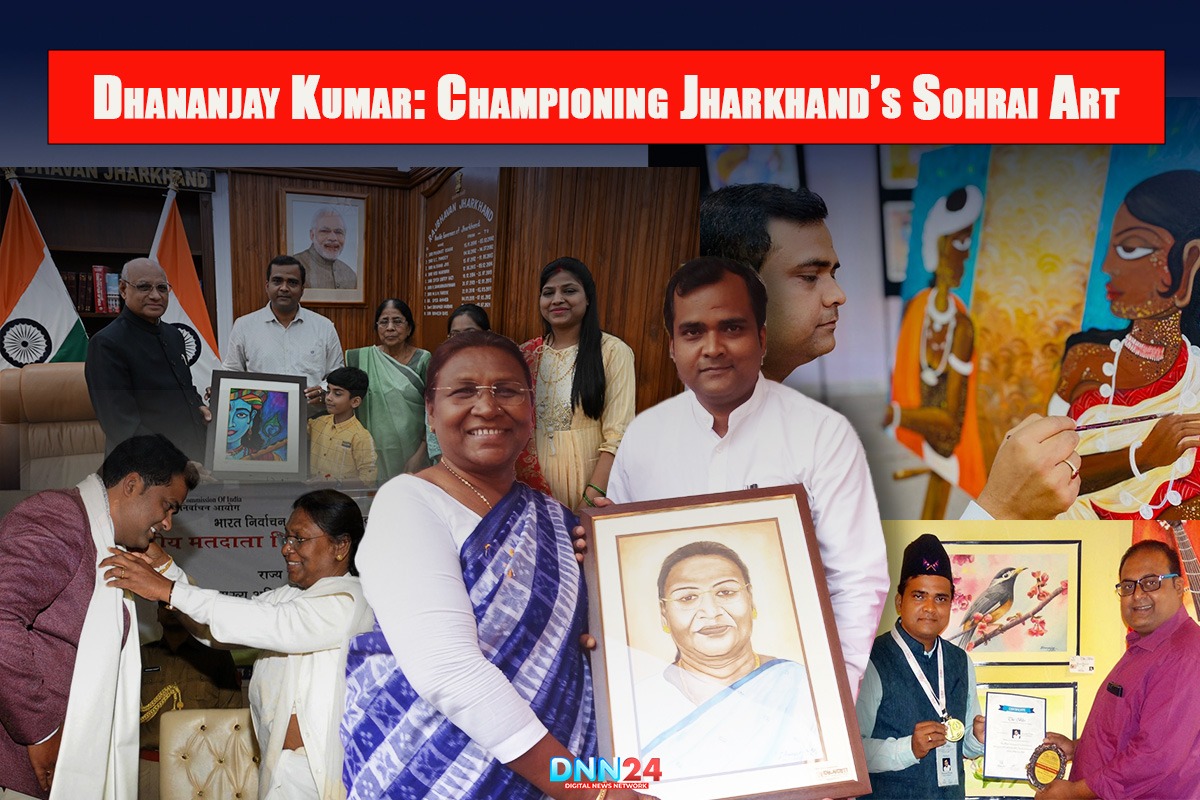In the heart of Ranchi, where tradition and modernity converge, Dhananjay Kumar has found himself surrounded by vibrant canvases adorned with the distinctive patterns of Sohrai art. A former software engineer, he recently gained national recognition for creating the largest Sohrai painting on Jharkhand Bhawan in New Delhi, a feat that earned him a place in the India Book of Records. His journey from writing code to wielding paintbrushes represents an unwavering commitment to preserving one of Jharkhand’s most treasured cultural heritages.
A Journey Rooted in Passion
Dhananjay Kumar’s transformation into a celebrated Sohrai artist was anything but conventional. A graduate of BIT Mesra, he initially pursued a career in software engineering before shifting to the banking sector. Despite his technical and corporate background, his fascination with Jharkhand’s tribal art forms never wavered.
During his college years, he had developed an interest in traditional art, yet it remained a hobby. However, a significant turning point occurred when he began conducting weekend workshops on Sohrai painting, witnessing firsthand the profound connection people had with this art form.
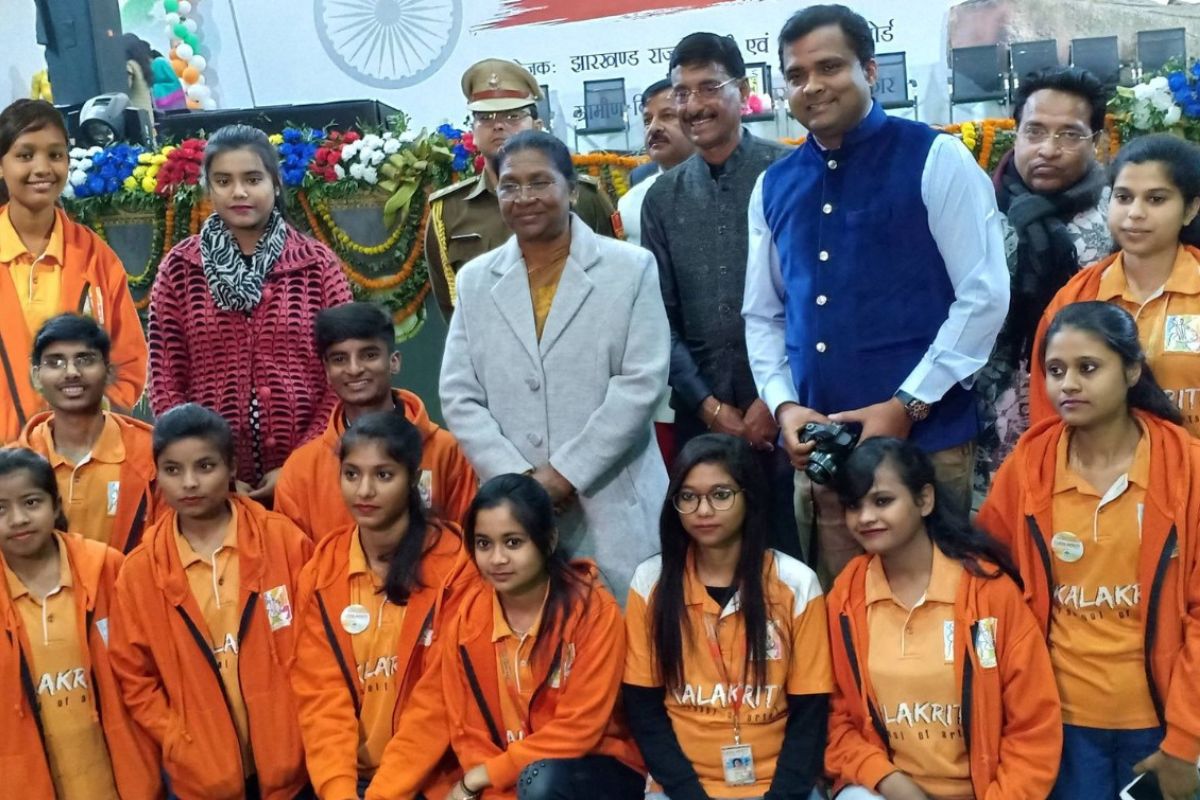
In 2001, after completing his secondary board exams, Kumar founded the Kalakriti School of Arts to earn some pocket money. The school quickly gained popularity, attracting students eager to learn and preserve traditional art forms. By 2014, the growing demand for his art school, combined with his deepening commitment to Sohrai art, prompted him to make a life-altering decision.
Leaving a stable banking job was both a daunting and liberating choice. His family had concerns regarding financial security, yet Kumar felt a profound responsibility to ensure the survival of Sohrai art. With fewer practitioners dedicated to preserving this heritage, he could not bear the thought of such a rich tradition fading into obscurity.
Sohrai Art: A Living Cultural Legacy
Sohrai art holds a special place in Jharkhand’s cultural landscape, traditionally adorning the walls of homes during harvest festivals and cattle worship ceremonies, especially in rural communities like Hazaribagh.
More than mere decoration, Sohrai art serves as a visual language that narrates stories of nature, animals, and spiritual beliefs. Its unique blend of geometric precision and organic motifs sets it apart from other tribal art forms, often created using natural pigments on mud walls.

Kumar, deeply immersed in this artistic tradition, has spent years understanding its symbols. The bull, for instance, represents strength and fertility, while horses with riders symbolize prosperity. Peacocks signify beauty and immortality, and the lotus is a recurring motif symbolizing purity and spiritual awakening. These elements, far from being random patterns, are part of an ancient visual vocabulary that links people to their cultural roots.
Though initially lacking formal training in Sohrai art, Kumar invested time learning directly from village elders and traditional artists. He observed their techniques, absorbed their knowledge, and committed himself to mastering this centuries-old artistic tradition.
A Record-Breaking Achievement
Kumar’s dedication to Sohrai art reached new heights—literally—when he completed the monumental Sohrai painting on Jharkhand Bhawan, spanning approximately 69 feet by 44 feet and standing at a towering height of 110 feet. This masterpiece, visible from several kilometers away, stands as a powerful testament to the significance of tribal art in contemporary India.
Creating such large-scale artwork presented both physical and artistic challenges. The 20-day process demanded careful planning, especially regarding proportions—elements that appeared balanced on a small canvas required different considerations when viewed from a great distance. Working at such heights necessitated special scaffolding and safety measures, while unpredictable weather conditions also impacted the workflow.
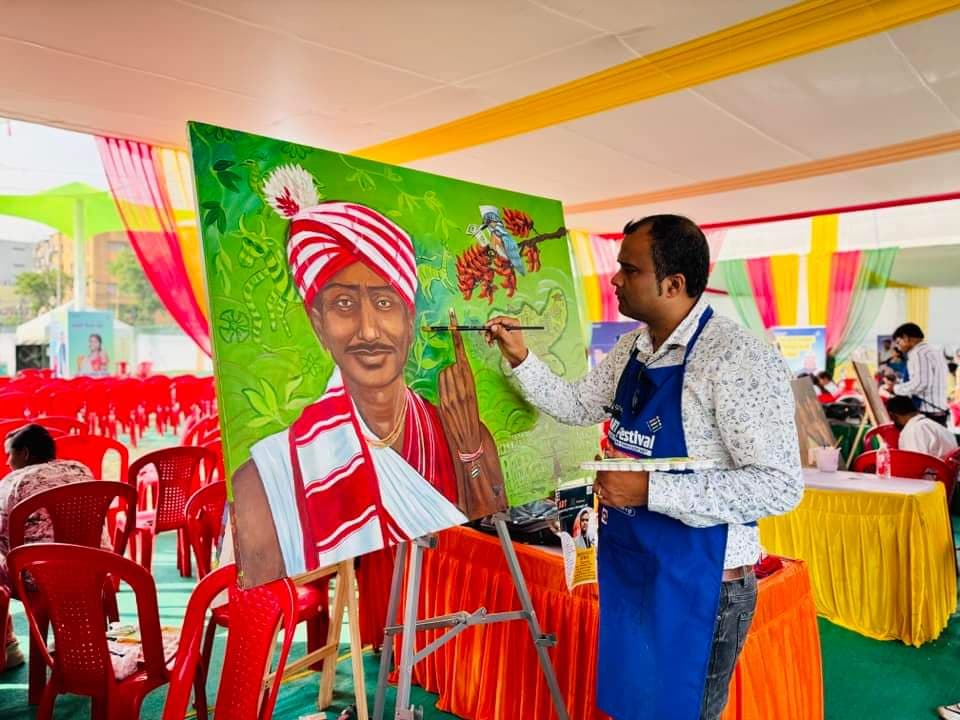
While traditional Sohrai art employs natural pigments, Kumar adapted the technique for an urban architectural setting, opting for modern acrylic paints to ensure durability. Nevertheless, he remained faithful to traditional color palettes and application methods.
The recognition of this achievement by the India Book of Records brought not just personal pride but also an elevation of Sohrai art on a national scale. Kumar viewed the acknowledgment as a significant step toward ensuring the survival and appreciation of tribal art for future generations.
Mastering the Art of Sohrai
Kumar’s artistic process reflects a deep harmony between tradition and personal interpretation. He approaches each piece with meditation and reflection, considering the space where the art will exist and its intended impact.
For traditional works, he adheres to established Sohrai motifs, maintaining authenticity. However, his contemporary pieces allow for more creative expression. Unlike Western painting techniques, traditional Sohrai art does not involve preliminary sketches; the patterns flow directly from the artist’s hand to the surface, requiring confidence and precision.

Years of practice have enabled Kumar to achieve remarkable accuracy in freehand geometric designs. The structural principles of Sohrai patterns, though appearing simple, follow complex mathematical arrangements—a knowledge traditionally passed down through observation and experience rather than formal instruction.
Cultivating the Next Generation of Artists
Beyond creating art, Kumar has dedicated himself to nurturing future generations of Sohrai artists. His Kalakriti School of Arts serves as a crucial hub for preserving and teaching this traditional art form.
He believes in an educational approach that integrates both technical skills and cultural context. Young students, free from preconceived notions, often embrace Sohrai art without seeing it as primitive or outdated. By understanding the symbolism behind each motif, they form a deeper connection with their creations.
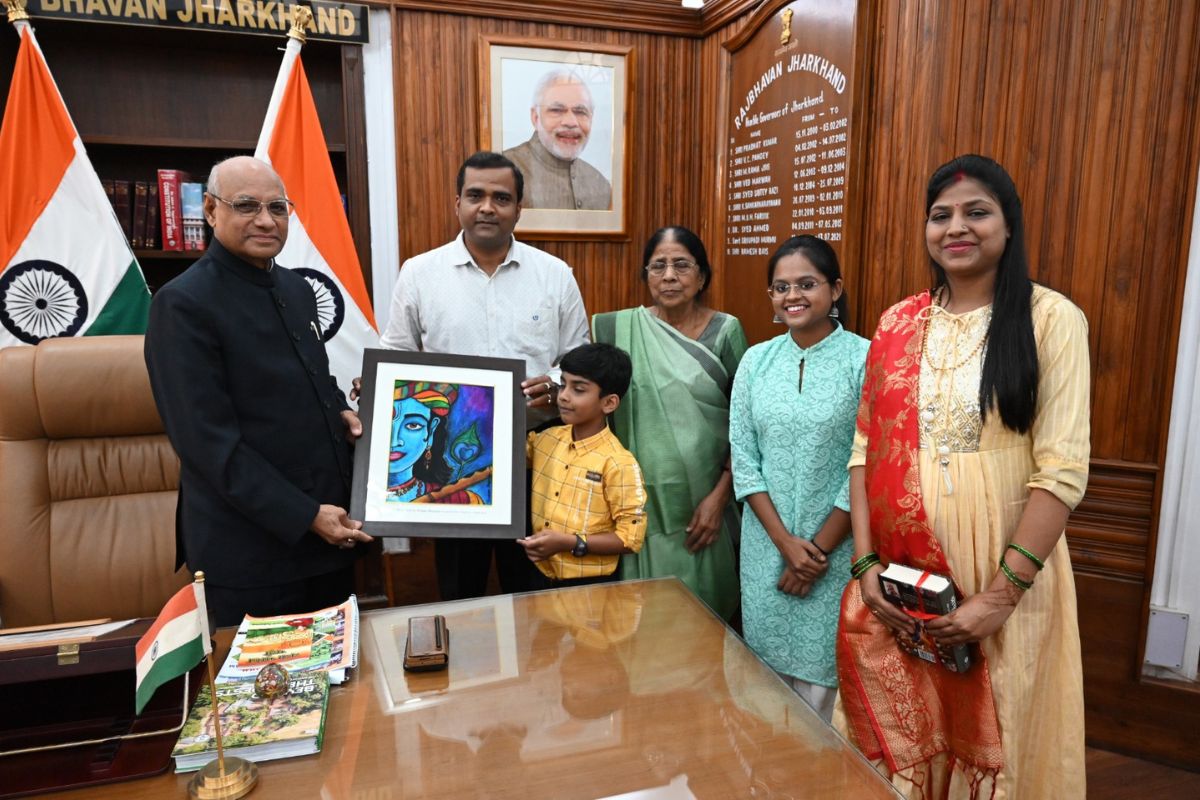
Storytelling plays a crucial role in Kumar’s teaching methodology. Explaining the significance of different animals, plants, and patterns in Sohrai art helps students appreciate its depth and meaning.
The school has also expanded through online classes, making it accessible to students across India and even internationally. Interestingly, Kumar’s background in technology has proven instrumental in this digital transition. The pandemic accelerated this shift, enabling wider outreach and preserving the art form beyond geographical limitations.
Bringing Art to Public Spaces
Kumar’s Sohrai murals adorn numerous prestigious buildings, including the Jharkhand High Court, Chief Minister’s Office, State Museum, and Paryatan Vihar. Public commissions present unique challenges, requiring careful integration of traditional motifs within modern architectural contexts.
Each project demands a thoughtful approach—whether creating art for a courtroom, where harmony and justice must be represented, or for a tourism center, where cultural identity takes precedence.
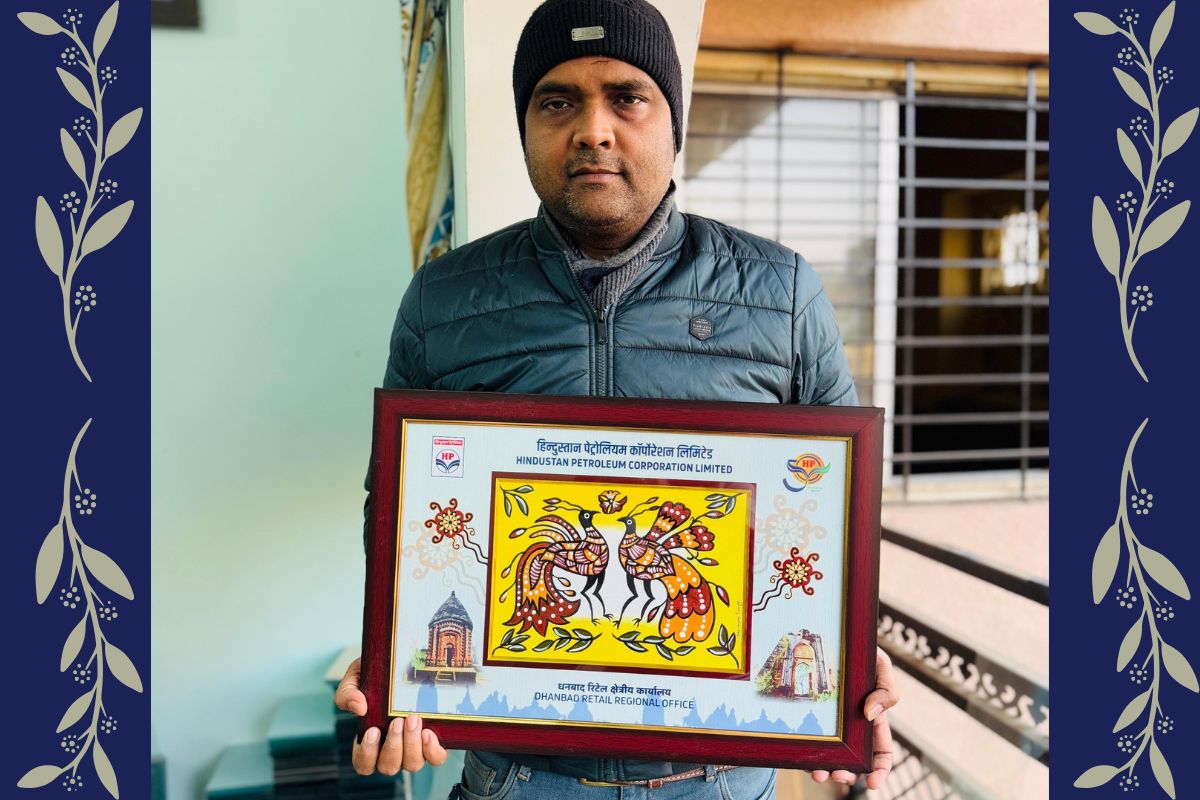
His work at Jharkhand Bhawan involved collaborating with 40 other artists, who collectively created 200 additional tribal art paintings. Managing such a large-scale artistic initiative required meticulous coordination, ensuring a balance between individual expression and collective visual harmony.
Recognition and Global Impact
Having received over 130 awards at international, national, and state levels, Kumar’s contributions to tribal art preservation have been widely acknowledged. One of his most treasured honors was recognition from President Draupadi Murmu during her tenure as Jharkhand Governor.
Despite these accolades, Kumar views his mission as a responsibility rather than a personal accomplishment. The true reward, he believes, lies in the emotional impact his work has on audiences. A particularly touching moment occurred when an elderly village woman wept upon seeing traditional Sohrai patterns showcased in an art exhibition—an affirmation that his work resonates across generations.
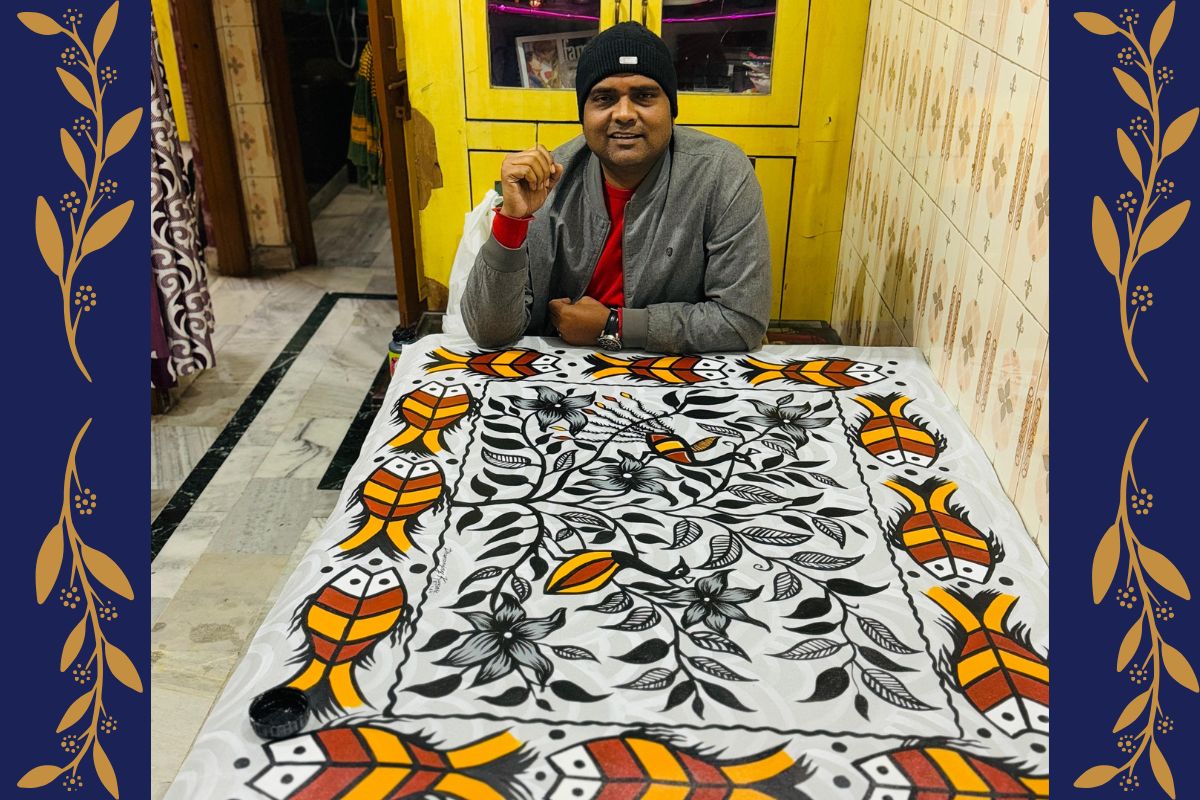
Internationally, Sohrai art has attracted collectors and enthusiasts worldwide. European audiences admire its geometric intricacy, while Japanese art lovers connect with its nature-based spirituality. In the United States, its bold colors and striking compositions have garnered appreciation. This global recognition has, in turn, sparked renewed domestic interest in preserving the art form.
A Vision for the Future
Looking ahead, Kumar envisions a future where Sohrai art is not merely preserved but thrives as a living tradition. Economic pressures and cultural homogenization pose significant threats to its survival, but he remains optimistic about creating sustainable livelihoods for traditional artists.
Plans for expanding his school, establishing a dedicated tribal art museum, and forming an artist collective are already in motion. By documenting traditional knowledge and techniques through digital archives and apprenticeship programs, he hopes to ensure that this artistic heritage remains intact for generations to come.
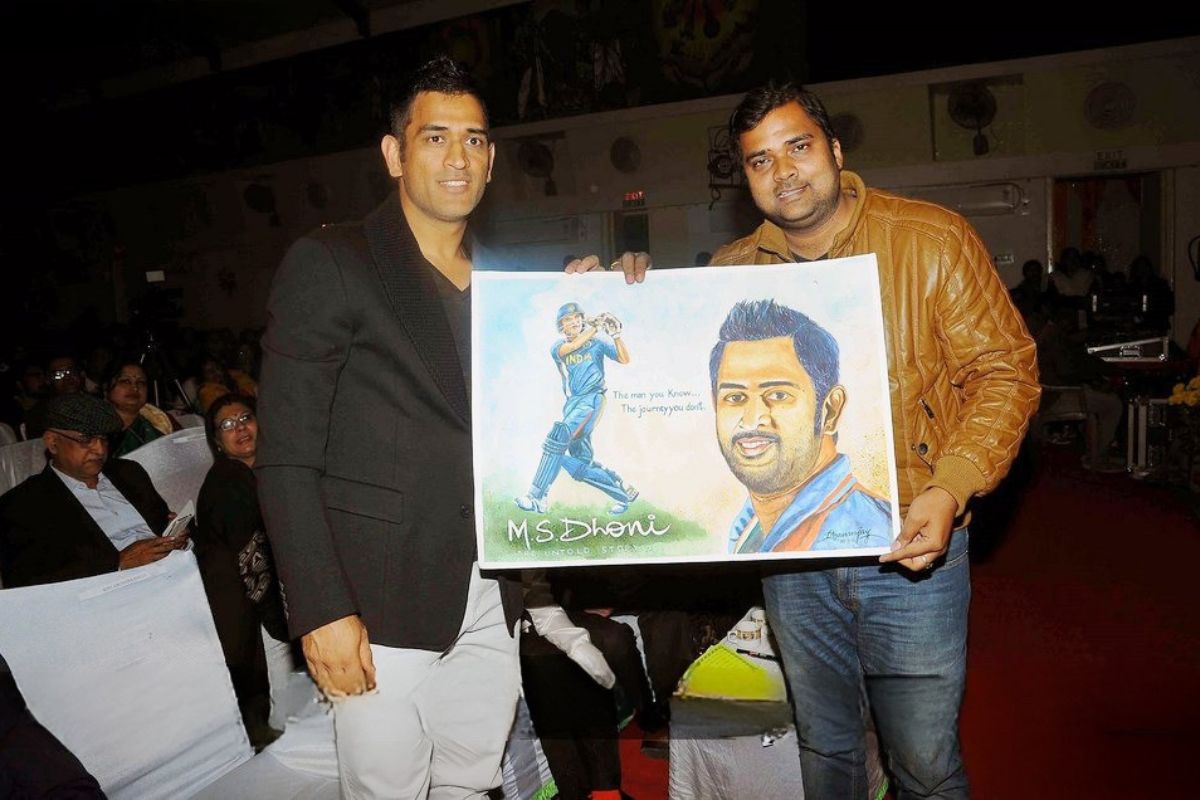
His ultimate goal, as he humbly states, is to make his own role redundant—to see so many young Sohrai artists emerge that the preservation of this tradition no longer depends on a handful of individuals.
Through his remarkable journey from software engineer to master artist, Dhananjay Kumar stands as a bridge between past and present, tradition and innovation. His dedication ensures that Sohrai art will continue to tell its timeless stories, securing its rightful place in the cultural tapestry of India and beyond.
Also Read: The Diverse and Unique Art Forms of Bengal
You can connect with DNN24 on Facebook, Twitter, and Instagram and subscribe to our YouTube channel.

